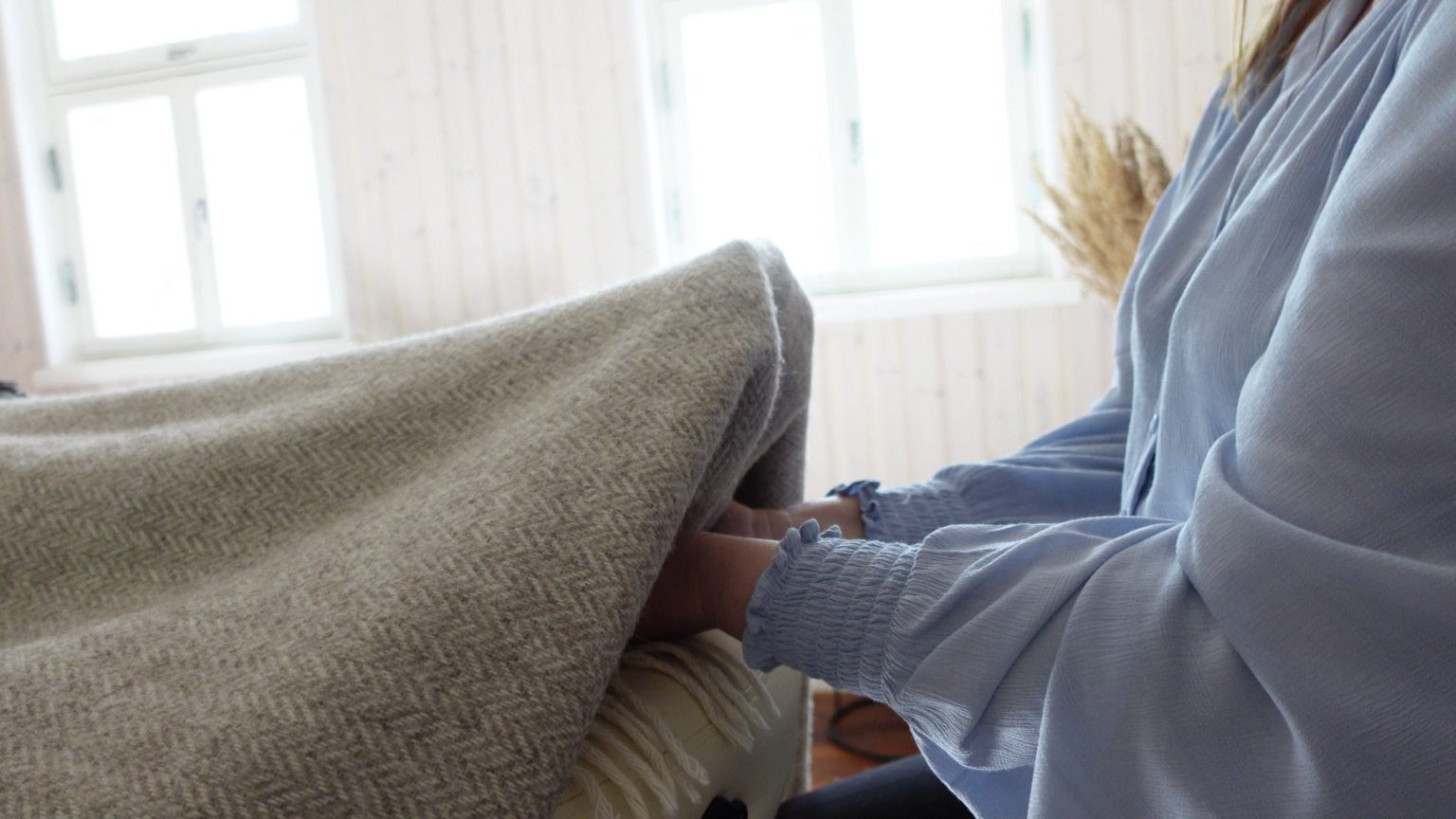Craniosacral therapy (CST)
Craniosacral therapy (CST) is a gentle and effective way of working with the body using light touch. It supports the body’s natural ability to balance, restore, and heal itself, helping to reduce stress. CST is suitable for everyone, from newborn babies to the elderly.
In CST, health is not viewed as merely the absence of disease, but as an expression of a universal creative and organizing principle called the breath of life, which possesses its own intelligence and wisdom. During conception, the forces of the breath of life impart vitality to the embryo, creating form. These same health forces organize, maintain, and repair all living organisms throughout their lifespan, so health never truly disappears.

When can it help?
- Chronic pain
- Back pain
- Digestive disorders
- Depression
- Migraine
- Learning disabilities
- Concussion
- Immune disorders
- Autism
- Neck pain
- Stress
- Scoliosis
- Trauma
- Spine injuries
- Emotional stress
How it works
The beauty of CST lies in its simplicity. The craniosacral therapy practitioner takes a neutral position and allows the healing process to unfold, providing support throughout. The therapy creates a safe space for traumatic experiences to surface from the body and be resolved smoothly, without being overwhelming or retraumatizing. The practitioner supports the client throughout the session with various specific hand placements, their presence, and, if needed, verbal questions. This creates a secure environment, allowing tensions to release from the body, nervous system, and emotional level.
The session begins with a conversation with the client about their reasons for coming and how they feel. Next, the practitioner places the fully clothed client on a massage table and holds different hand positions for about 5-10 minutes each. The client may feel light movements, warmth, vibrations, or a sense of release. These hand positions help to release restrictions and trapped energies from the body, allowing it to return to a state of flow, wholeness, and balance.
Contraindications
- Psychiatric illnesses
- Head and spinal cord injuries
- Post-stroke conditions
- Head surgeries
- High fever
- Epilepsy
- Bipolar disorder
- Cancer
Useful to know
For deeper processes and better results, it is recommended to undergo 5-10 sessions with about a week in between. This allows for deeper healing processes to activate and physical ailments to start easing. Psychological patterns may no longer repeat.
Interesting facts from science
In 2020, controlled studies were conducted to evaluate the effects of craniosacral therapy on patients with chronic pain. Pain intensity, problem severity, physical/mental quality of life, overall improvement, and safety were compared. After 6 months of follow-up, the impact of CST on both primary and secondary outcomes was significant compared to the control group. This meta-analysis indicates a significant and robust effect of CST on pain reduction, which cannot be explained solely by the placebo effect.
